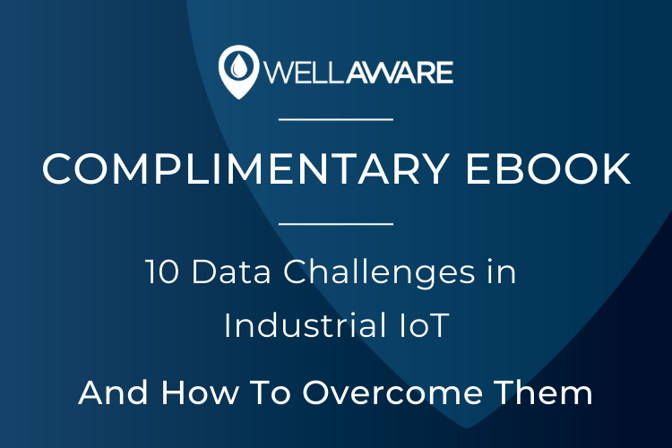
News, Insights, and more on Industrial IoT
Horizontal well drilling accounted for 14% of US natural gas production in 2004 and jumped to 97% of all US oil and shale gas production in 2018. The rapid adoption of horizontal wells is also attributable to advances in technology, specifically hydraulic fracturing. Horizontal wells enabled operators to target tight oil zones and fracturing increases porosity, which increases overall production. Wondering how to save money on horizontal wells? We are here to help.
Horizontal Wells Production Levels Rapidly Decline
New horizontal wells often achieve exceptionally high initial production levels but are followed by rapid production decline over the first 12 to 18 months of production. Operators rely on chemical service providers to prevent well failures and ensure flowing conditions, especially in the first years of production where preventing downtime is critical to stabilizing decline and maximizing output. Operators and their chemical service providers agree to set chemical injection rates to hit certain concentration targets based on production, but service providers rarely update setpoints often enough to account for production decline, resulting in gross chemical overspending. At best, chemical service providers update rates weekly or monthly.
Monitoring Horizontal Well Chemical Injection Rates
To solve this chemical problem, operators have started implementing local automation process to monitor their well chemical injection rates. These solutions typically require extensive manual labor because technicians must run hundreds of yards of conduit and cable, and sometimes trench, to connect monitoring systems between wellheads and production meters. On top of this, operators must find a way to incorporate well test data into the local automation system to make sure each downhole treatment fits the specific well.
Most horizontal wells are multi-well pads that have central tank batteries where fluids are separated, and production rates are accounted for. These central tank batteries are often located hundreds of yards from the wellheads, which leads to a large amount of manual labor to properly monitor chemical injection rates and make changes accordingly.
These complexities almost always kill the ROI that could be achieved using this automation solution. In 2020, operators and chemical service providers can look to get up-to-date, well-allocated production data directly from the system of record and manage controls through IoT connectivity and local intelligence.
Adopting IoT Technology to Monitor Horizontal Well Chemical Injection Rates
Just like relying on vertical well production for oil and shale gas, manually monitoring chemical injection rates for horizontal wells are a thing of the past. In 2020, operators must use technology to maximize the ROI on their horizontal well production. Click here to view an overview of WellAware On Demand Chemical for Horizontal Wells.
WellAware has designed a platform for operators and service providers to get updates on chemical injection rates for horizontal well production in real-time. Our platform helps achieve two main goals for optimizing horizontal wells:
We take a unique approach to this solution by offering Cloud-based On Demand Chemical. This means we don't require complex wiring, conduit, and trenching on the pad to get production data to the controller. We simply take the production data in real-time from the Operator SCADA system, using a secure read-only integration, and remotely update each pump to hit PPM targets.
With WellAware, setting up proportional injection for a chemical pump can take less than an hour, as opposed to other systems that can take days of on-site labor. Click here to speak with a member of our sales team to see learn about adopting WellAware On Demand Chemical for your active horizontal wells.


Having a data challenge? You're not alone.
Sign up for our blog and receive a free eBook on the 10 data challenges in Industrial IoT and how to overcome them.
Have a Question?